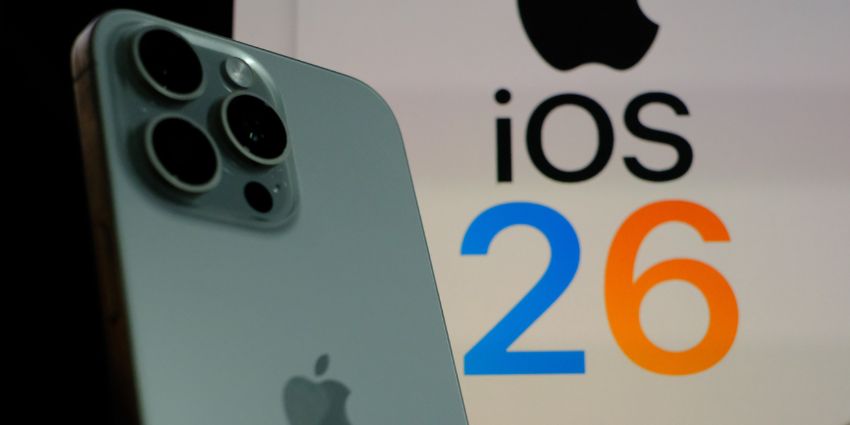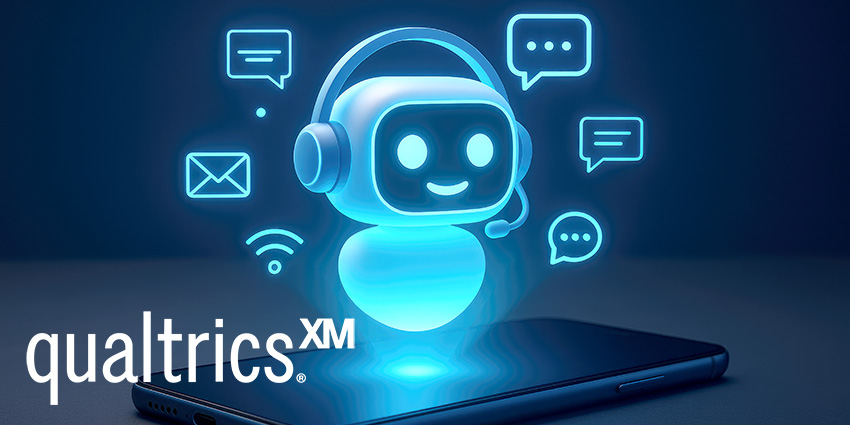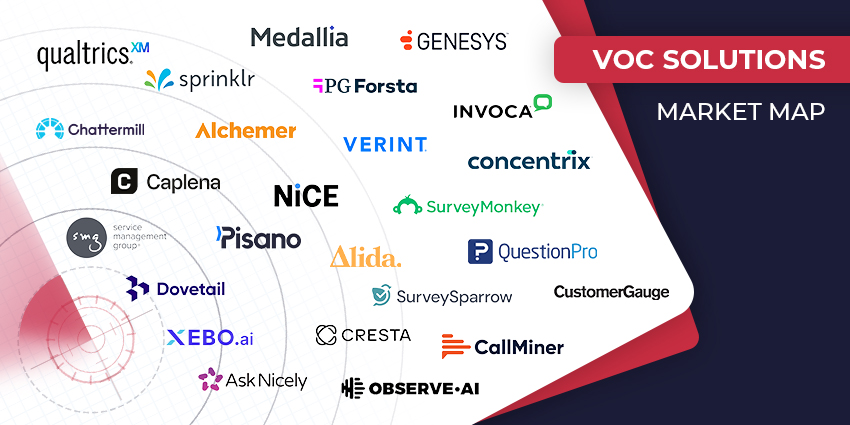With CCW and Infocomm dominating customer experience headlines over the last week, you’d be forgiven for missing out on some key iOS26 updates.
However, these missed updates could have a giant impact on the enterprise communications space.
The first of these is Call Screening enhancements.
Building on developments with Live Voicemail, this new feature actively screens incoming calls, providing the user with context before they decide whether or not to answer.
In doing so, Apple aims to protect customers from spam and scam calls.
An Apple Spokesperson explained: “Call Screening helps eliminate interruptions by gathering information from the caller and giving users the details they need to decide if they want to pick up or ignore the call.”
While providers like Hiya Inc. and First Orion enable branded calling through network integration, allowing businesses to convince consumers of the call’s validity, Apple is now disrupting the status quo with a native, consumer-centric screening approach that bypasses reliance on third-party enterprise tooling.
For legitimate businesses, the impact could be positive or negative.
On one hand, it offers a chance to provide recipients with clearer context; on the other hand, it could sharply lower connection rates for outbound calls, particularly cold outreach, if consumers are better equipped to filter or reject incoming calls.
Apple Innovates Around the On-Hold Experience
Hold Assist is another new feature announcement that has flown under the radar.
This feature notifies users when an agent is available.
Practically, this means customers are no longer required to wait on hold listening to that infuriating elevator music.
While callback systems exist, being stuck on hold remains the number one issue for people dealing with customer experience, and callback systems need active implementation.
This new update from Apple works from the customer’s POV and aims to remove pain points from the voice experience.
How Will Businesses Respond?
Apple’s latest call management features raise a critical question: How will big tech continue shifting the nature of contact center experiences, and how should businesses pivot?
For instance, if customer experience is enhanced by minimizing active wait times through improved call screening and transparency, traditional metrics like Average Speed of Answer (ASA) may lose relevance.
This disruption doesn’t happen in isolation. AI is already transforming inbound traffic through call deflection and self-service tools, steadily reducing the burden on human agents.
In that context, Apple’s timing is telling.
These features are launching at a moment when queue times should, theoretically, be trending downward anyway, fueled by smarter automation upstream in the journey.
What stands out here is Apple’s clear prioritization of the customer.
These features directly target enduring user frustrations, like unsolicited calls and prolonged waiting, creating a more empowered caller experience.
While Android has long offered similar capabilities, Apple’s decision to formally enter this space signals a strategic acknowledgment that the future of voice may depend less on volume and speed, and more on transparency, control, and trust.
Yet, it’s not the only big tech brand innovating around customer experience. Indeed, Google, via its search engine and on-device AI, is also looking to transform traditional contact center experiences.







